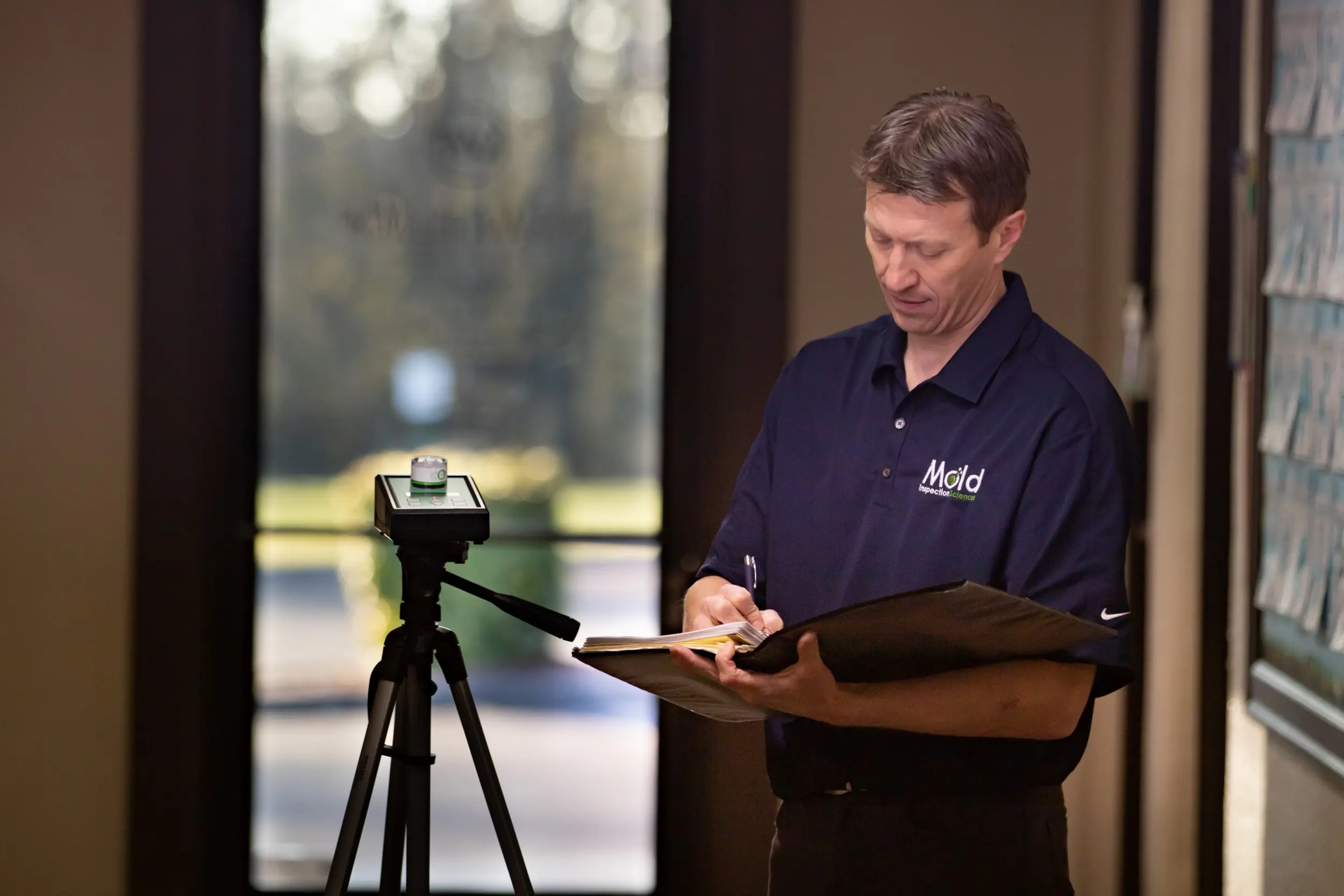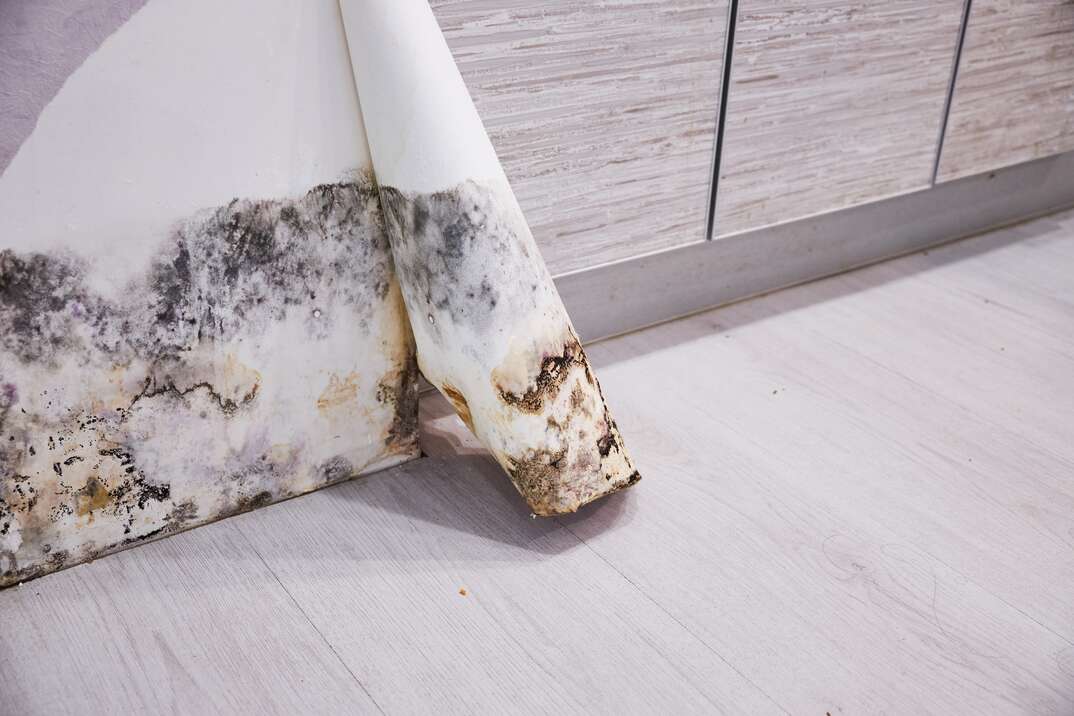Testing Air Quality After Mold Remediation
Testing Air Quality After Mold Remediation
Blog Article
Your Ultimate Overview to Article Mold And Mildew Remediation Techniques
In the consequences of mold and mildew problem, understanding exactly how to properly get rid of the mold and mildew and avoid its reoccurrence is vital for maintaining a healthy and balanced indoor setting. From choosing the best cleaning and disinfecting techniques to applying techniques for long-lasting mold avoidance, each step in the removal journey plays an important duty in ensuring a successful outcome.
Understanding Post-Mold Removal Refine
After finishing the mold removal process, it is essential to comprehend the post-mold remediation strategies that are essential to make certain a reliable and comprehensive clean-up. As soon as the mold and mildew has actually been eliminated, the following step includes cleaning and disinfecting the affected locations to protect against any regrowth of mold and mildew. This consists of utilizing specialized cleaning agents to clean down surfaces and kill any continuing to be mold and mildew spores. It is important to dry the area entirely to dissuade the growth of mold and mildew in the future (Post remediation mold testing near me). Correct air flow and dehumidification can help in this procedure.
In addition, performing a final assessment post-remediation is crucial to make certain that all mold and mildew has actually been efficiently eliminated. If the examination discloses any type of remaining mold and mildew, extra removal may be needed.
Efficient Cleaning Up and Disinfecting Approaches

Preventing Future Mold And Mildew Growth

Value of Correct Ventilation
Appropriate air flow plays a crucial role in avoiding moisture accumulation, an essential aspect in mold and mildew development within indoor settings. Reliable ventilation systems assist remove excess humidity from the air, lowering the chances of mold spores discovering the moisture they require to spread out and sprout. Without sufficient air flow, indoor areas can original site come to be a breeding ground for mold, leading to prospective wellness dangers and structural damages.
By making certain proper air flow, ventilation systems can additionally aid in drying wet areas quicker after water damage or flooding occurrences, additionally deterring mold and mildew growth. Post Remediation verification. In rooms like shower rooms, cellars, attic rooms, and cooking areas where wetness degrees have a tendency to be greater, installing and keeping effective air flow visit the website systems is critical in preventing mold and mildew problems

Monitoring and Maintenance Tips
Offered the critical function that appropriate air flow plays in avoiding mold and mildew development, it is imperative to establish effective monitoring and upkeep ideas to ensure the ongoing capability of ventilation systems. Normal inspections of ventilation systems must be conducted to examine for any kind of indicators of clogs, leakages, or breakdowns that can hamper appropriate airflow. Monitoring moisture degrees within the building is also important, as high humidity can add to mold growth. Setting up a hygrometer can help track moisture levels and alert homeowners to any spikes that might require focus. In addition, guaranteeing that air filters are regularly cleansed or changed is necessary for maintaining the efficiency of the air flow Home Page system. Implementing a schedule for routine upkeep jobs, such as duct cleaning and a/c system evaluations, can help avoid concerns before they rise. By remaining positive and conscientious to the problem of air flow systems, homeowner can properly alleviate the risk of mold and mildew regrowth and keep a healthy and balanced indoor setting.
Conclusion
To conclude, post-mold remediation techniques are important for guaranteeing a risk-free and clean setting. Comprehending the process, applying effective cleansing and decontaminating approaches, avoiding future mold development, maintaining correct air flow, and regular surveillance are all crucial action in the remediation process. By adhering to these guidelines, you can effectively get rid of mold and prevent its return, advertising a healthy and balanced living or working space for all passengers.
In the aftermath of mold and mildew infestation, recognizing how to properly eliminate the mold and mildew and prevent its reoccurrence is paramount for maintaining a healthy interior atmosphere. Once the mold and mildew has actually been eliminated, the next step includes cleaning and sanitizing the impacted areas to protect against any regrowth of mold - testing air quality after mold remediation. After removing noticeable mold development, it is vital to cleanse all surfaces in the afflicted location to eliminate any kind of staying mold and mildew spores. To better improve mold avoidance procedures, it is crucial to deal with underlying issues that originally led to mold growth.Given the vital role that proper air flow plays in protecting against mold and mildew growth, it is crucial to develop efficient monitoring and maintenance tips to make certain the ongoing functionality of ventilation systems
Report this page